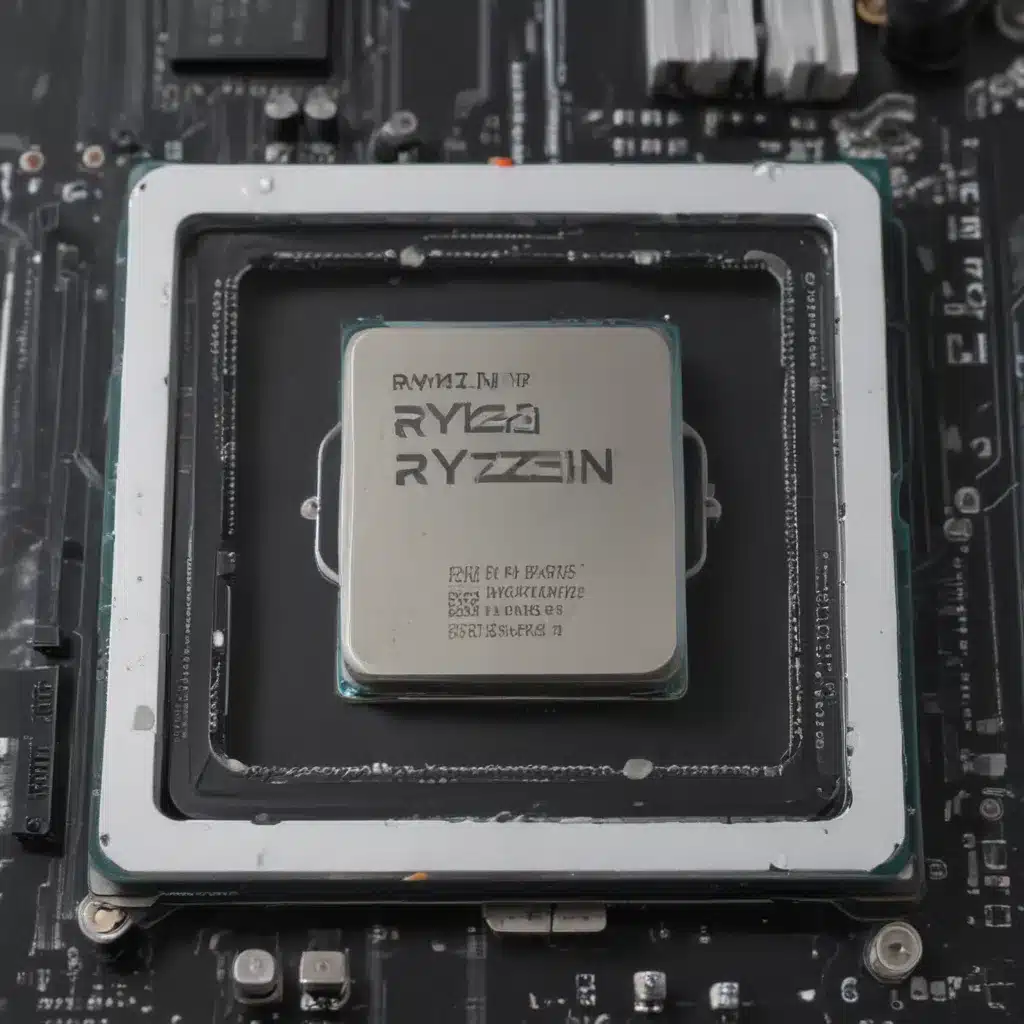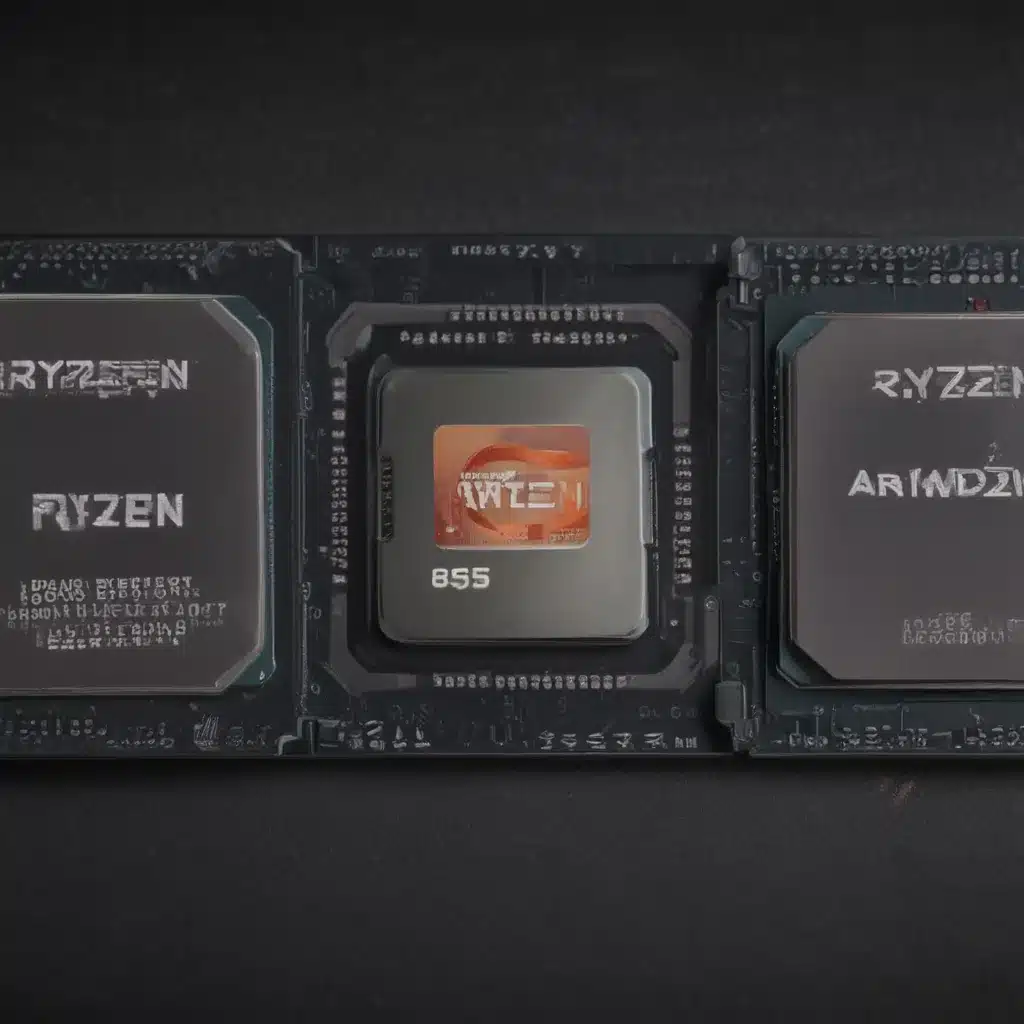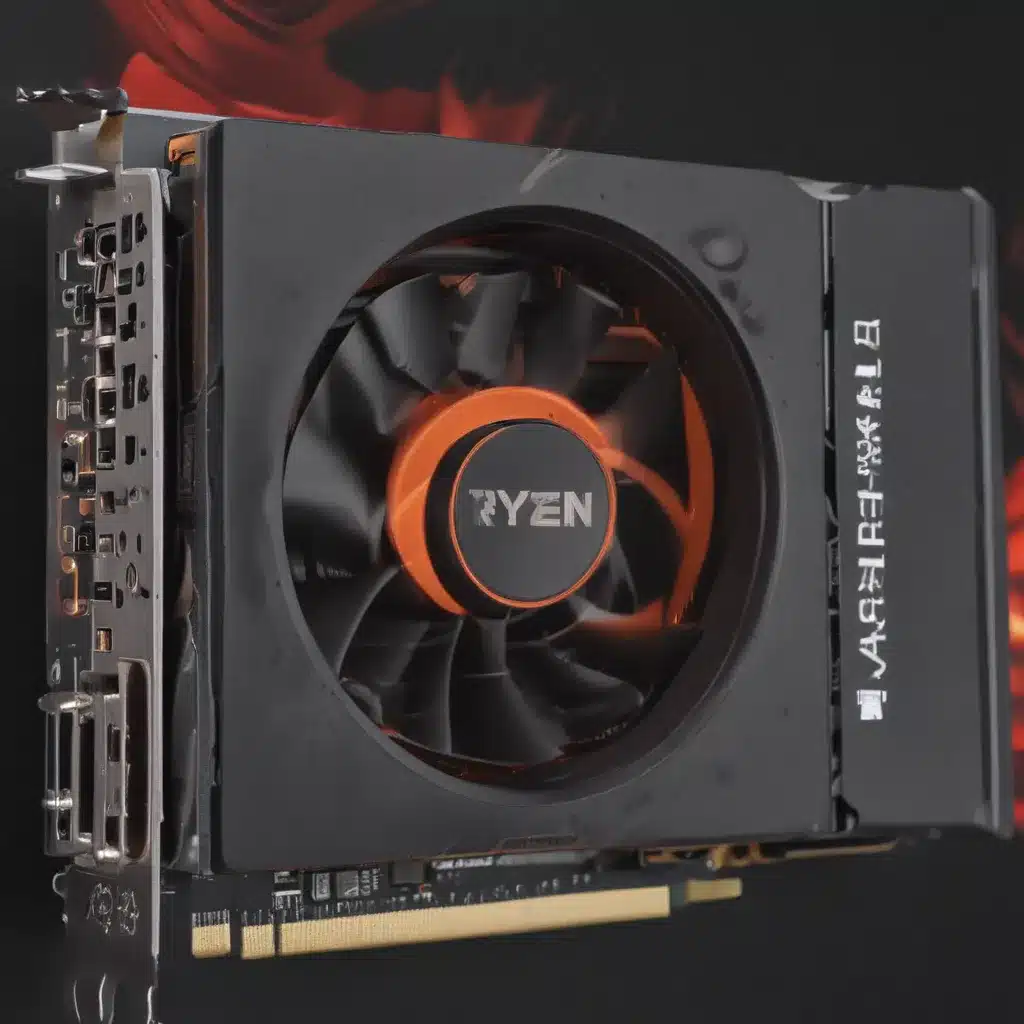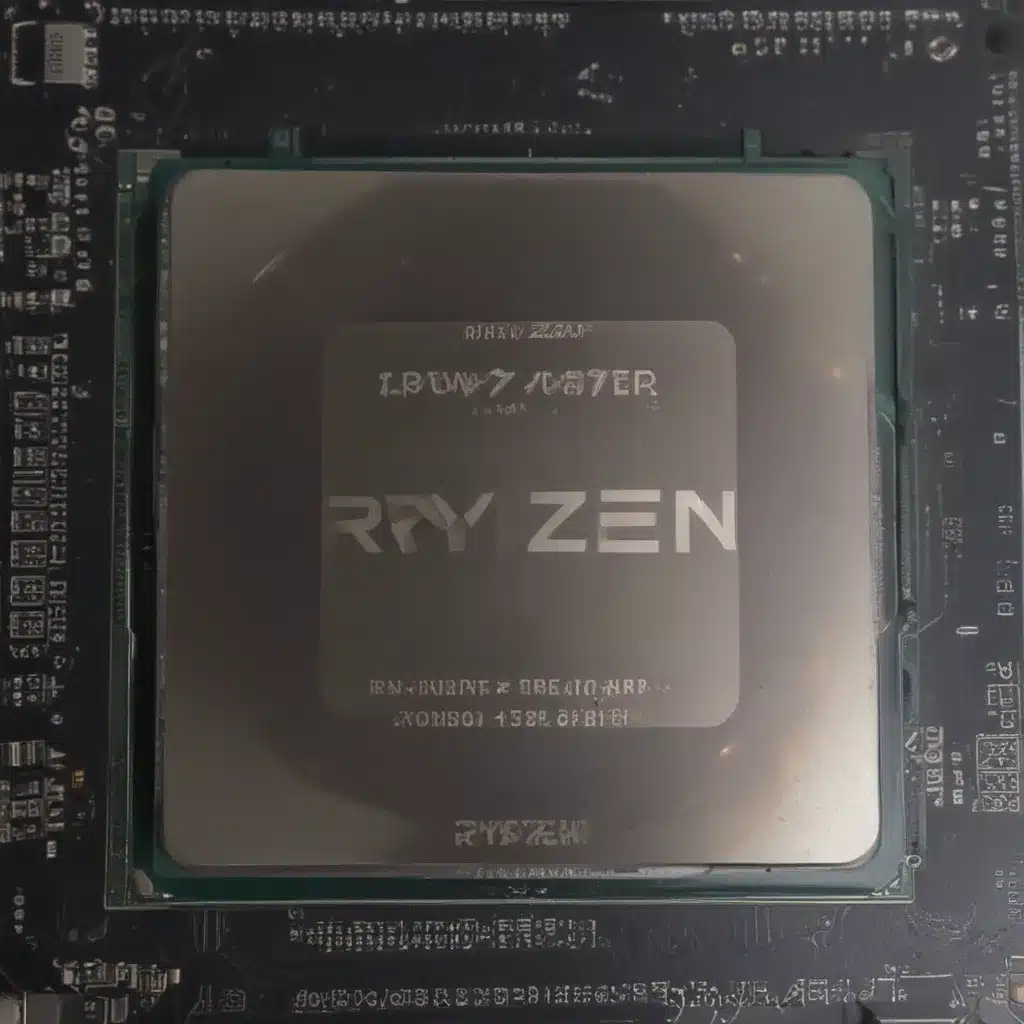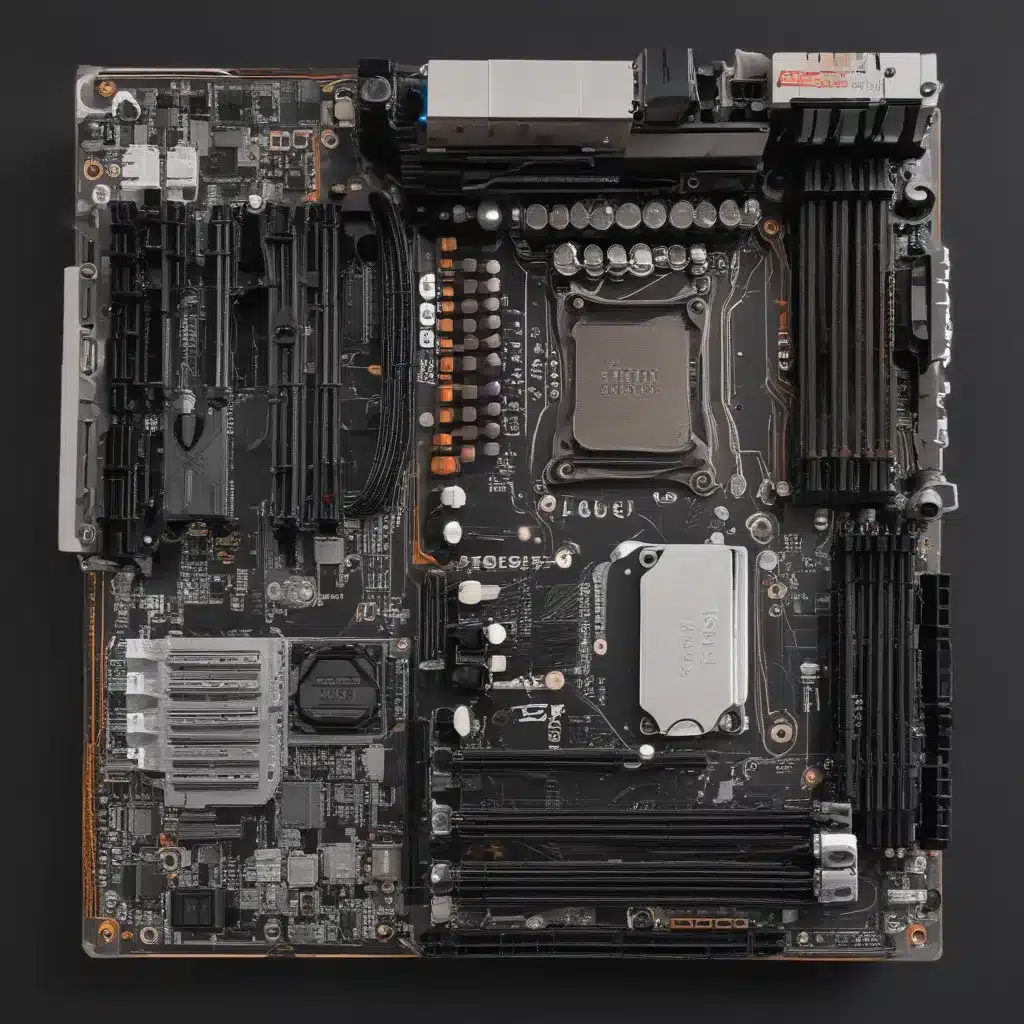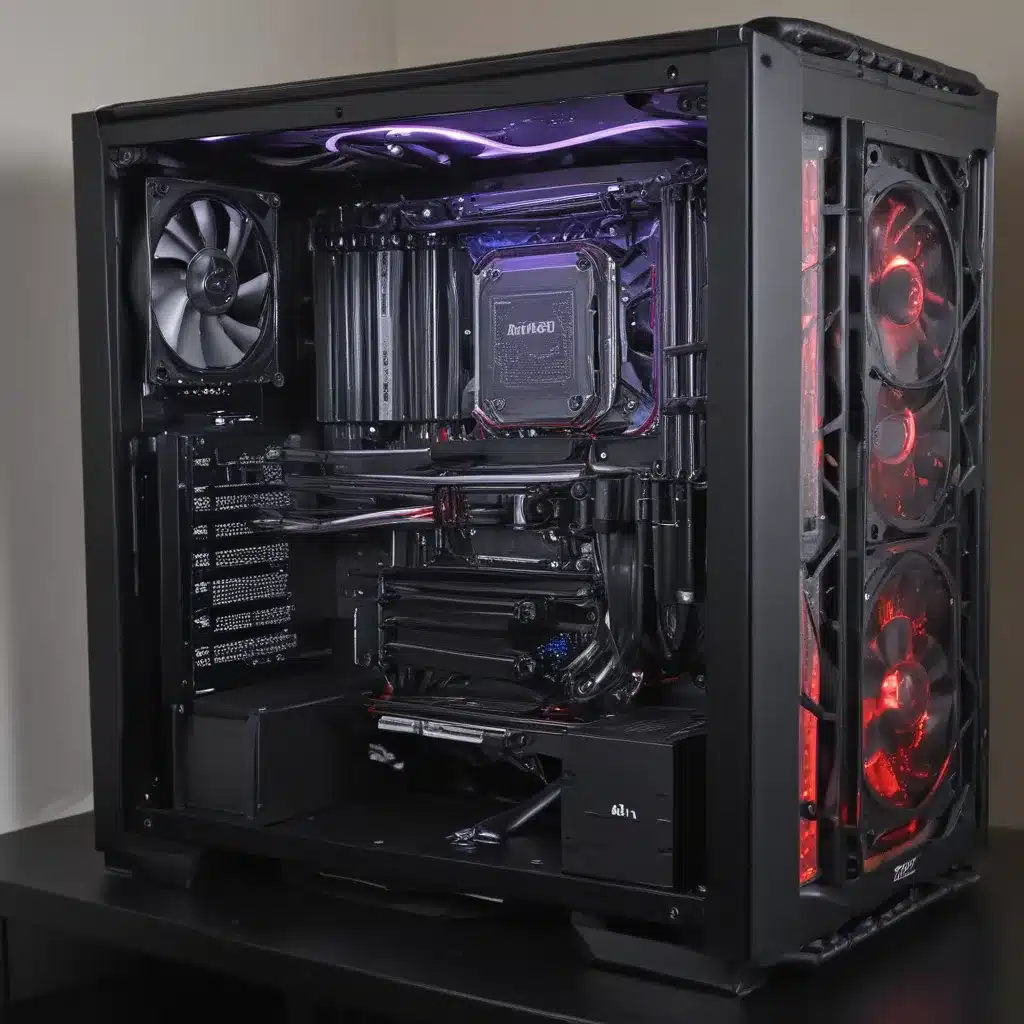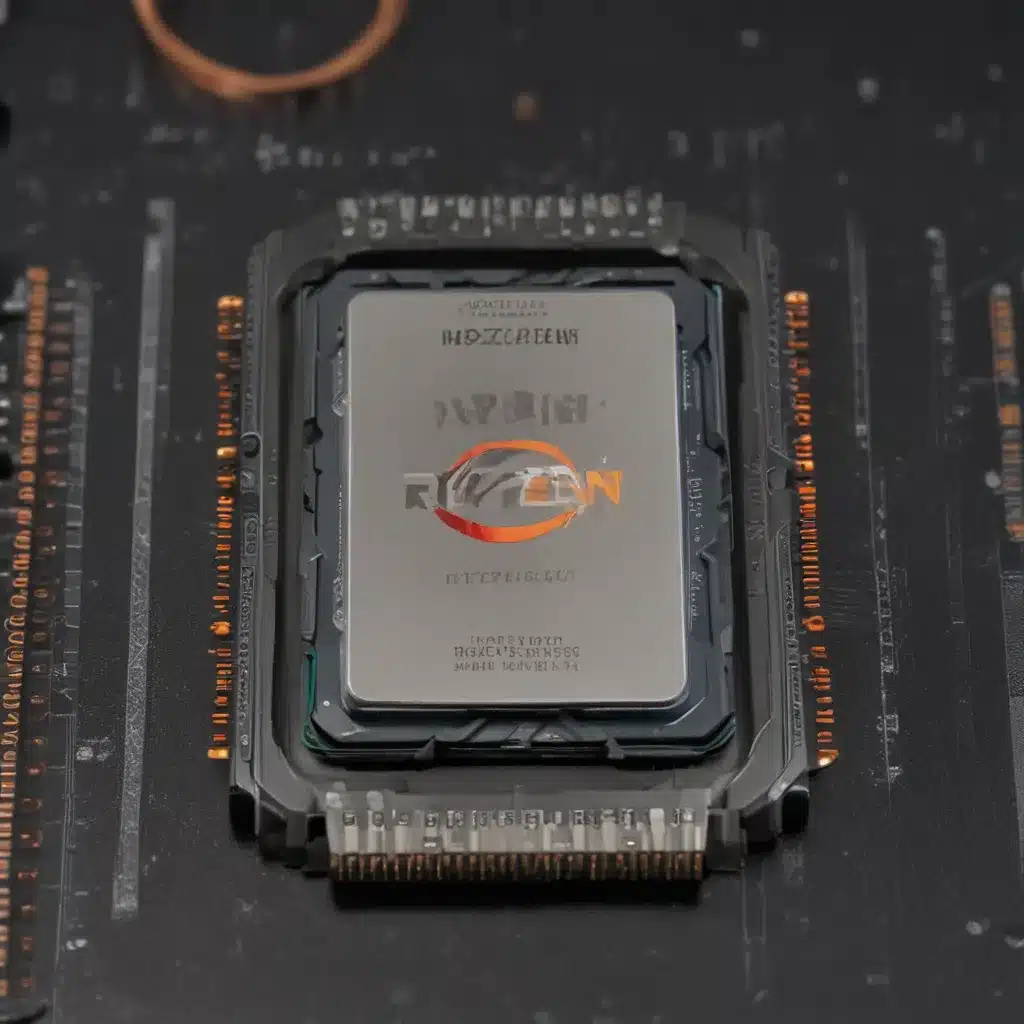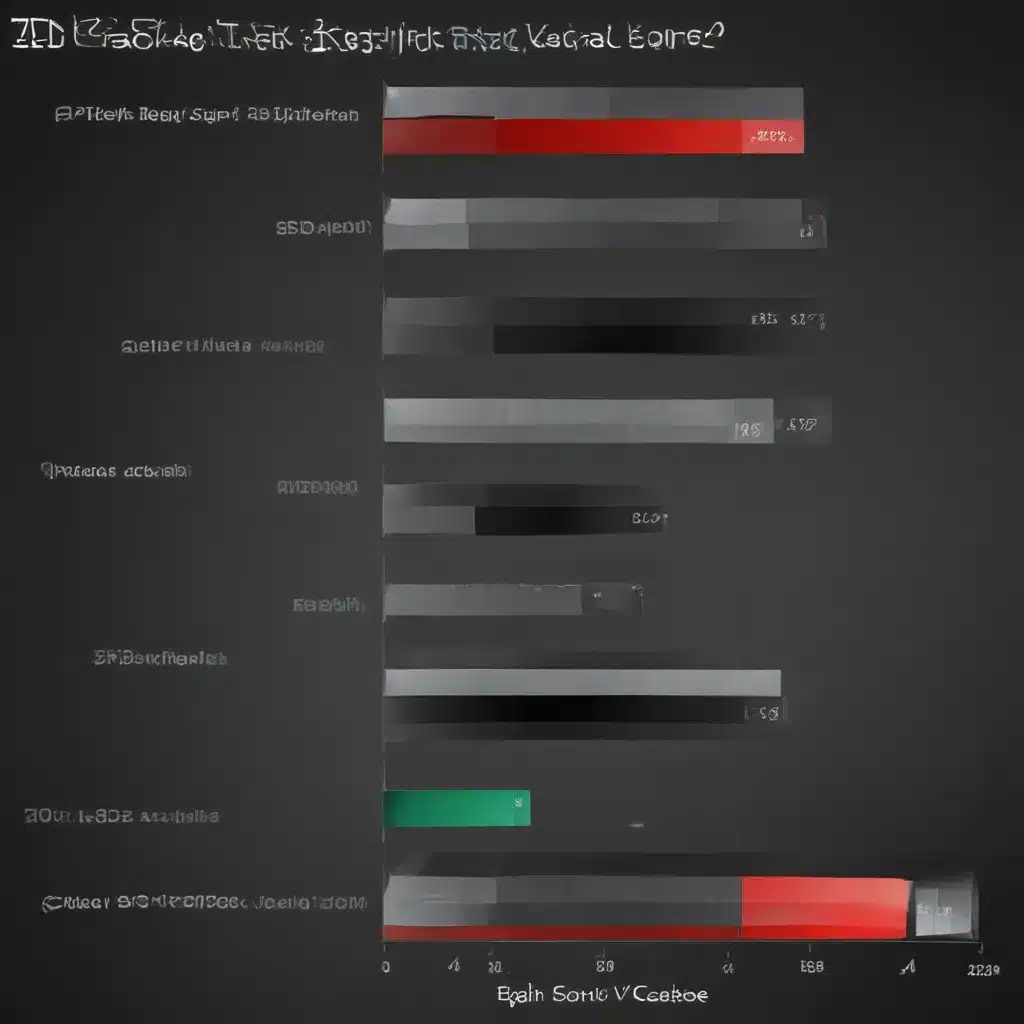Introduction
The gaming industry is undergoing a massive shift thanks to the rise of cloud gaming services. Cloud gaming, also known as gaming on demand or gaming as a service, is a way of playing video games that are delivered over the internet rather than on a console or PC. Instead of buying a physical game disk or downloading a game to a local device, cloud gaming allows instant access to games without needing powerful hardware. This emerging technology is poised to transform how we play games in the coming years.
In this article, I will provide an in-depth look at the rise of cloud gaming. First, I will explain what cloud gaming is and how the technology works. Next, I will discuss the benefits cloud gaming offers to both players and game developers. Finally, I will examine the major cloud gaming services that are driving adoption and analyze the impacts cloud gaming may have on the future of the gaming industry.
What is Cloud Gaming?
Cloud gaming utilizes game streaming technology to allow games to be played over the internet. With cloud gaming services, the game is actually running on remote servers operated by the cloud gaming provider. The video output from the game is then streamed to the player’s device, where they can interact with the game using a controller.
This is fundamentally different from traditional gaming, where the game runs locally on a PC or console. With cloud gaming, no powerful hardware is required on the user’s device. The processing and graphics rendering is all handled in the cloud. As long as the user has a stable internet connection, they can play the latest games on simple devices like smartphones, tablets, smart TVs, or low-power PCs.
Cloud gaming utilizes remote servers to stream games directly to the player’s device.
Some key technical requirements for cloud gaming services include:
- Data centers with powerful GPUs to run games remotely
- Low latency networks to minimize lag and input delay
- Video encoding and streaming technology to deliver the game stream
- APIs and protocols to transfer control inputs to the game server
Delivering a smooth, low-latency gaming experience over the internet is a significant technical challenge. But over the last decade, consumer internet speeds have increased globally while video streaming and encoding technologies have improved dramatically. This makes game streaming viable where previous attempts faced too much lag and poor quality.
Benefits of Cloud Gaming
Cloud gaming offers some compelling benefits, both for players and game developers. Here are some of the key advantages driving adoption:
For Players
- Play anywhere – Games can be instantly accessed on any compatible device. No need to be tied to a console or gaming PC.
- Low barriers to entry – Cloud gaming allows playing high-end games without buying expensive hardware.
- Easy access to new titles – Players can try more games instantly without downloads or purchases.
- Cross-platform multiplayer – Players on different devices can play together in the same multiplayer game sessions.
For Game Developers
- Reduced development costs – Games only need be developed for the cloud platform, allowing cross-device compatibility.
- Anti-piracy – Games are not downloaded locally, reducing piracy of titles.
- Analytics – Cloud gaming provides better analytics on how players interact with games.
- New monetization – Cloud gaming enables subscription models and other recurring revenue streams.
By solving hardware limitations, cloud gaming opens up gaming experiences to entirely new demographics of players. It also gives developers the ability to get their games in front of more players instantly.
Major Cloud Gaming Services
Several technology companies have launched cloud gaming services in recent years. While uptake was initially slow, the offerings have improved and cloud gaming is gaining momentum. Here are some of the top platforms driving adoption:
GeForce Now
- Launched by Nvidia in 2015
- Leverages Nvidia’s GPU technology for streaming games from the cloud
- Over 25 million members as of early 2022
- Offers free tier or paid memberships
- Plays PC games you own from libraries like Steam or Epic Games Store
Google Stadia
- Launched in 2019 by Google
- Backed by Google’s cloud infrastructure and YouTube streaming tech
- Struggled with limited game selection early on
- Added over 200 games in 2022
- Offers Stadia Pro subscription or purchases games individually
Xbox Cloud Gaming
- Part of Microsoft’s Xbox Game Pass Ultimate subscription
- Over 25 million Game Pass subscribers
- Streaming technology utilizes Xbox Series X consoles
- Allows cloud play of 100+ Game Pass console and PC games
- Available on browsers, Xbox consoles, and mobile devices
Amazon Luna
- Cloud gaming service launched by Amazon in 2020
- Integration with Amazon’s Twitch platform
- Focused on ease of use and accessibility
- Provides curated channels of games for a monthly fee
- Available on PC, Mac, Fire TV, iPhone, and Android
PlayStation Now
- Sony’s cloud gaming service launched in 2014
- Gives access to over 800 PS2, PS3, and PS4 games on demand
- Download titles locally or stream games from the cloud
- Access with monthly/annual subscriptions
- Available on PS4 and PS5 consoles and Windows PC
Sony and Microsoft are leveraging their position as console makers to provide hybrid cloud gaming services tied to their PlayStation and Xbox platforms. At the same time, new entrants like Google and Amazon aim to disrupt the status quo using their expertise in cloud computing and video streaming.
Impacts on the Gaming Industry
The rise of cloud gaming has the potential to profoundly impact the gaming industry in the years ahead. Here are some possible implications as cloud gaming sees wider adoption:
-
Decline of dedicated gaming hardware – Cloud gaming reduces the need for powerful, expensive consoles and PCs. This could significantly disrupt established players like Sony, Microsoft and Nintendo.
-
New competition – Big tech companies with cloud infrastructure like Google, Amazon, and Tencent are poised to compete directly with traditional gaming companies. Their deep pockets and cloud expertise make them formidable adversaries.
-
Business model shifts – Subscriptions and streaming models will increase. Game ownership and one-time purchases could decline over time. This affects how developers and publishers monetize games.
-
More games accessible – Indie developers and smaller titles will benefit from getting their games in front of players instantly via cloud gaming catalogs and subscriptions.
-
Multiplayer changes – Social and multiplayer gaming may shift towards cross-platform experiences powered by shared cloud game worlds.
-
New game designs – Games themselves could change, with developers optimizing titles for the unique experience of streaming gameplay.
While still early, cloud gaming is gathering momentum and could significantly reshape the gaming landscape in the 2020s. It has the disruptive potential to break down historical barriers and open gaming to an unprecedented number of players across all devices. But major questions remain around connectivity, business models, platform lock-in, and other factors that will determine if and how quickly cloud gaming becomes the new normal.
Conclusion
Cloud gaming leverages high speed internet and remote computing power to enable convenient access to video games without local downloads or expensive hardware. Major technology companies like Google, Microsoft, Amazon and Nvidia are driving adoption with their cloud gaming services. While still an emerging technology, cloud gaming offers clear benefits to both players and game developers. It has the potential to truly democratize gaming experiences in the years ahead. But ultimately, the degree to which cloud gaming transforms the broader gaming industry will depend on how the technology, platforms, business models and internet infrastructure evolve together. This makes the rise of cloud gaming one of the most disruptive and fascinating trends that will shape interactive entertainment in the 2020s and beyond.



